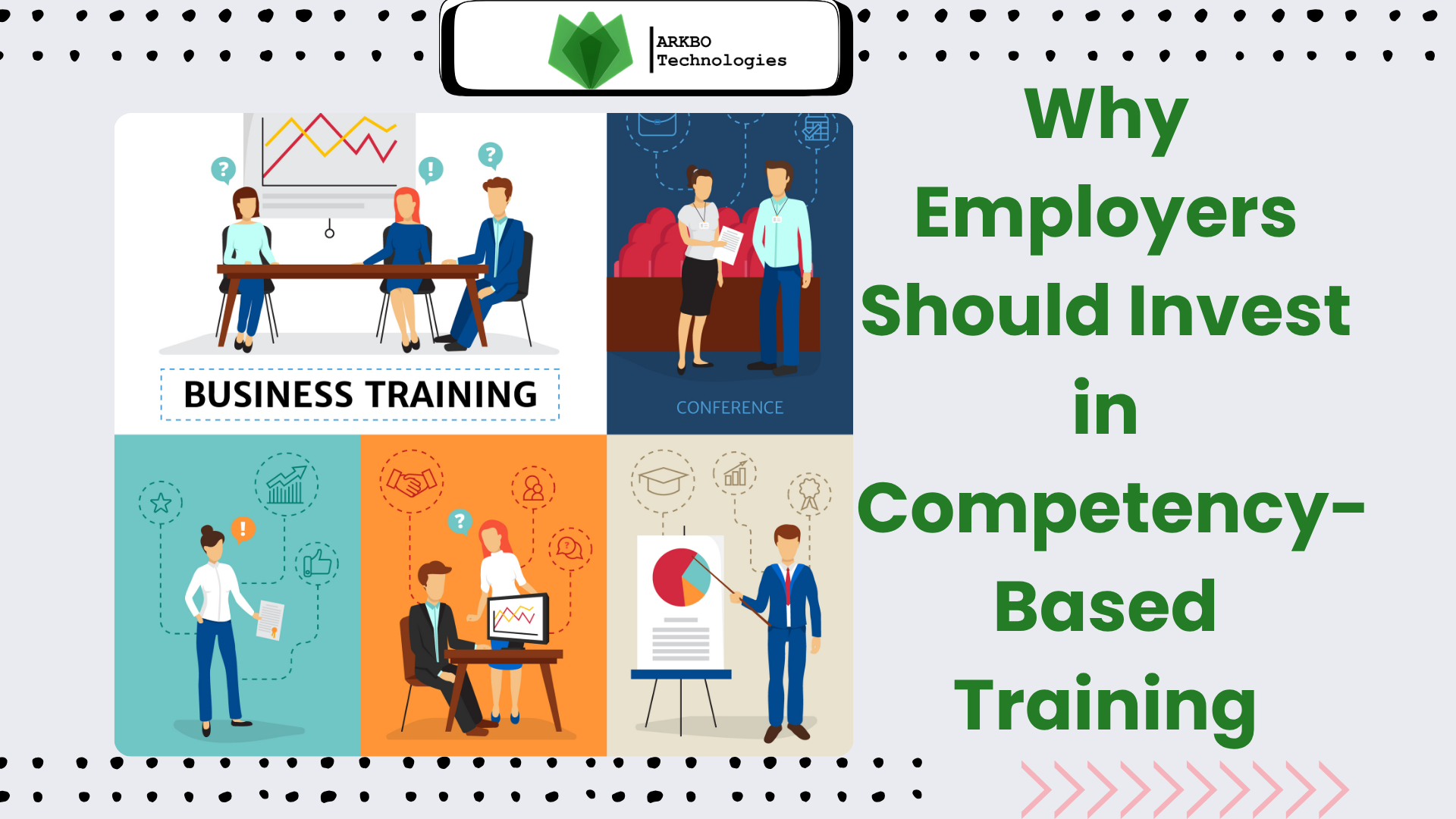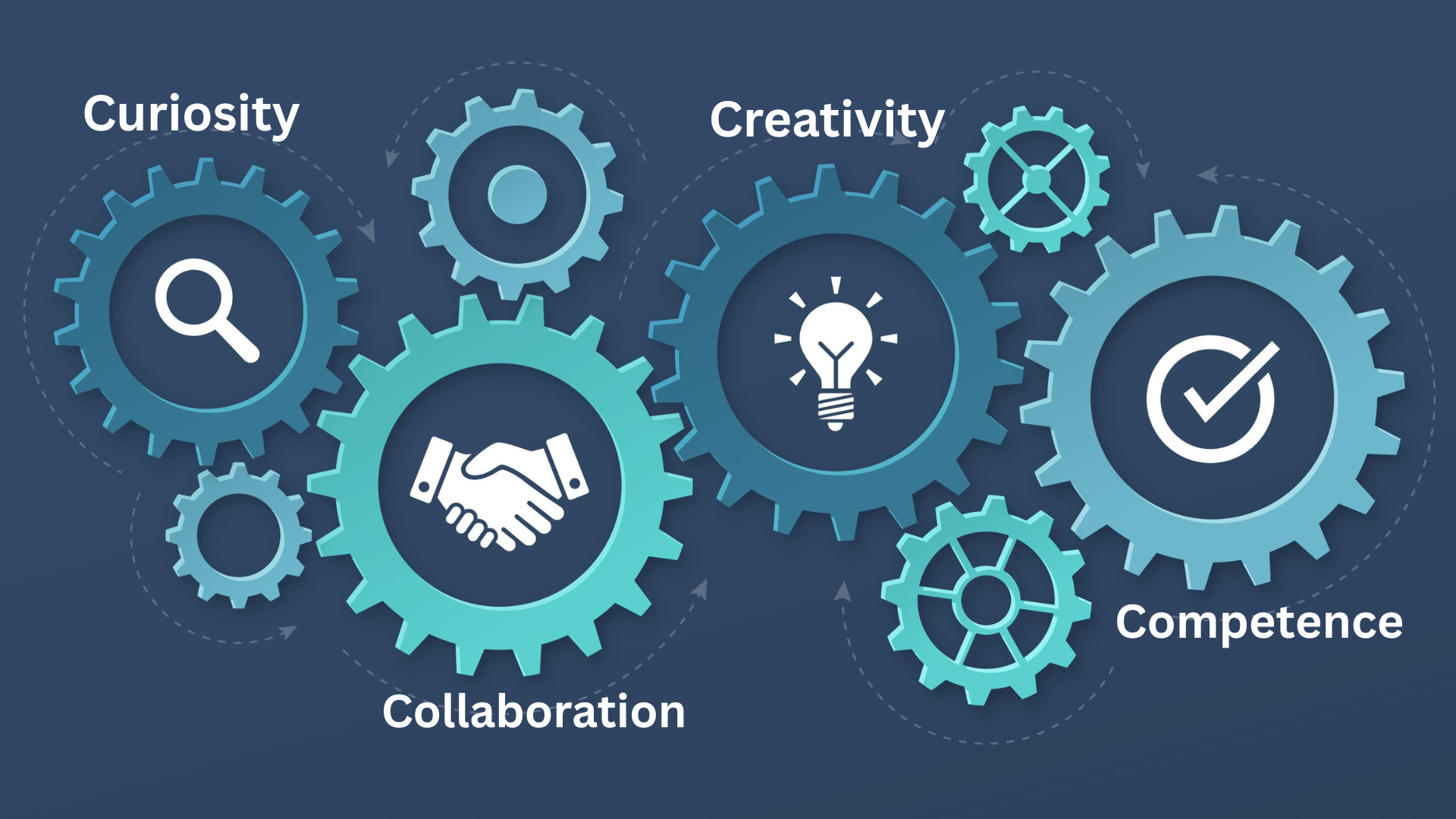
Technology and jobs are evolving at lightning speed these days. Your team is looking for training that’s not only practical but also enhances their performance on the job.
It takes more than publishing courses to create effective employee training. If your present training seems general and you're wondering what your staff is learning, it could be time to switch to competency-based training (CBT). But why should you invest in CBT for your workforce? Let’s find out in this blog.
Competency-based training (CBT) is a type of training where the emphasis is on learners’ abilities rather than how much time they spend learning.

To put it briefly, in CBT, the learner only acquires the knowledge required to meet the standard. Regardless of the number of hours invested in training, personnel are deemed competent once they can demonstrate their skills. CBT ensures that the learners meet the precise competencies and results required by industry standards.
Let’s look into the strong 5 reasons why you, as an employer, should invest in competency-based training for employees.
Personalized learning paths ensure that every employee receives training specifically designed for their unique skills and job requirements.

Rather than offering the same training to everyone, competency-based training offers what the employee truly needs to learn. This means they won’t waste any time on topics they’ve already mastered.
Competency-based training allows employees to stay engaged, grow more quickly, and become more effective in their roles, which ultimately benefits the organization.

Competency-based training gives you the ability to monitor your employees’ progress in real-time. This means you can immediately see how well an employee is learning and improving, without having to wait for lengthy reports or reviews. By clearly mapping out these competencies, you can ensure employee training is highly targeted, helping them perform their jobs more effectively.
Flexible assessment options give employees the chance to be tested in various ways that align with their unique learning styles and job roles. Rather than sticking to a single, rigid test, an employer can incorporate practical tasks, projects, or on-the-job demonstrations to evaluate whether their employees possess the necessary skills.

These flexible assessment methods empower employees to truly showcase their knowledge and abilities, making training not only more effective but also fairer. For employers, this translates to a workforce that is better trained, confident, and ready to tackle their responsibilities, ultimately boosting overall productivity.
Workers’ competency is especially important in industries with strict restrictions and norms that are necessary. Thanks to competency-based training, you can easily check if your employees are competent in doing their tasks.

For example, Nurses who are qualified to perform particular jobs are identified in detail by hospitals that use competency-based training. This helps organizations to quickly demonstrate that their employees meet all safety and quality criteria in the case of an audit or inspection.
Without wasting time on pointless subjects, competency-based training enables staff members to learn just what they need to perform their tasks effectively. Employee productivity increases as a result of the training being quicker and more targeted.

For instance, instead of receiving general equipment training, machine workers in a manufacturing organization receive instruction specific to the machinery they operate.
How to implement CBT in your workplace?
There are several important steps to take when implementing CBT in your business. Let’s look into some of the steps:
Identify required competencies for each role
Conduct a skills gap analysis
Define clear learning objectives linked to competencies
Design training modules around each competency
Develop assessment tools to measure competency acquisition
Deliver training using varied methods (e.g., workshops, e-learning, coaching)
Assess and evaluate employee competencies post-training
Provide feedback and additional support where needed
Integrate competencies into performance management systems
Review and refine the training program periodically
Competency-based training can be facilitated and enhanced by a Learning Management System (LMS). Employees can learn at their own pace, and learning paths can be created based on work competencies. LMS systems help in identifying skill gaps and offer customized training while also tracking progress in real time. All in all, an LMS keeps training interesting, reliable, and customized to the company's needs.
ARKBO LMS is one of the best LMSs in Nepal, all thanks to the robust features that favor faster and efficient employee training.
With ARKBO LMS, employers can offer competency-based training while also aiding in
Engaging employees with personalized learning based on individual competencies
Performing competency-based learning assessments in real time
Monitoring and tracking the skills gap with integrated analytics
Empowering the workforce with flexibility and autonomy over their learning process
Competency-Based Training (CBT) focuses on employee skills rather than training hours, ensuring practical job readiness. Employers benefit from personalized learning paths, real-time progress tracking, flexible assessments, enhanced compliance, and cost savings. Implementing CBT requires identifying skill gaps, choosing relevant training, and using an LMS like ARKBO, which supports competency-based learning, assessments, and analytics for targeted workforce development.
To take your step ahead with CBT in your organization, you can Book a Free Demo of ARKBO LMS.
Read more: Complete Guide to LMS.